
The Continuation War, also known as the Second Soviet-Finnish War, was a conflict fought by Finland and Nazi Germany against the Soviet Union during World War II. It began with a Finnish declaration of war and invasion on 25 June 1941 and ended on 19 September 1944 with the Moscow Armistice. The Soviet Union and Finland had previously fought the Winter War from 1939 to 1940, which ended with the Soviet failure to conquer Finland and the Moscow Peace Treaty. Numerous reasons have been proposed for the Finnish decision to invade, with regaining territory lost during the Winter War regarded as the most common. Other justifications for the conflict include Finnish President Risto Ryti's vision of a Greater Finland and Commander-in-Chief Carl Gustaf Emil Mannerheim's desire to annex East Karelia.

Finland, officially the Republic of Finland, is a Nordic country in Northern Europe. It borders Sweden to the northwest, Norway to the north, and Russia to the east, with the Gulf of Bothnia to the west and the Gulf of Finland to the south, opposite Estonia. Finland covers an area of 338,145 square kilometres (130,559 sq mi) and has a population of 5.6 million. Helsinki is the capital and largest city. The vast majority of the population are ethnic Finns. Finnish and Swedish are the official languages, with Swedish being the native language of 5.2% of the population. Finland's climate varies from humid continental in the south to boreal in the north. The land cover is predominantly boreal forest biome, with more than 180,000 recorded lakes.
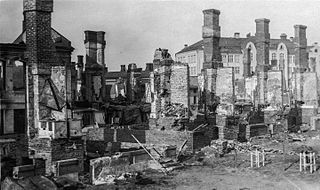
The Finnish Civil War was a civil war in Finland in 1918 fought for the leadership and control of the country between White Finland and the Finnish Socialist Workers' Republic during the country's transition from a grand duchy of the Russian Empire to an independent state. The clashes took place in the context of the national, political, and social turmoil caused by World War I in Europe. The war was fought between the Red Guards, led by a section of the Social Democratic Party, and the White Guards, conducted by the senate and those who opposed socialism with assistance late in the war by the German Imperial Army at the request of the Finnish civil government. The paramilitary Red Guards, which were composed of industrial and agrarian workers, controlled the cities and industrial centres of southern Finland. The paramilitary White Guards, which consisted of land owners and those in the middle and upper classes, controlled rural central and northern Finland, and were led by General C. G. E. Mannerheim.

Helsinki is the capital, largest and most populous city in Finland. Located on the shore of the Gulf of Finland, it is the seat of the Uusimaa region in southern Finland and has a population of 674,963. The city's urban area has a population of 1,360,075, making it by far the most populous urban area in Finland and the country's most important centre for politics, education, finance, culture and research. Helsinki is located 80 kilometres (50 mi) north of Tallinn, Estonia, 400 km (250 mi) east of Stockholm, Sweden, and 300 km (190 mi) west of Saint Petersburg, Russia. It has close historical links with these three cities.
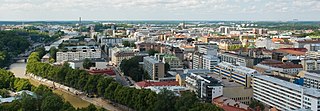
Turku is a city and former capital on the southwestern coast of Finland at the mouth of the River Aura, in the region of Southwest Finland (Varsinais-Suomi) and the former Turku and Pori Province. The region was originally called Suomi (Finland), which later became the name of the whole country. The population of Turku is 201,889, making it the sixth largest city in Finland. The Turku region has a population of 346,662, making it the third largest urban area in Finland after the Helsinki and Tampere regions. The city is officially bilingual, with 5.5 per cent of the population having Swedish as their mother tongue.

Porvoo is a city and a municipality in the Uusimaa region of Finland, situated on the southern coast about 35 kilometres (22 mi) east of the city border of Helsinki and about 50 kilometres (30 mi) from the city centre. Porvoo was one of the six medieval towns of Finland, along with Turku, Ulvila, Rauma, Naantali and Vyborg. It is first mentioned as a city in texts from the 14th century. Porvoo is the seat of the Swedish-speaking Diocese of Borgå of the Evangelical Lutheran Church of Finland. Porvoo was briefly the capital of the former Eastern Uusimaa region.

Rovaniemi is a city and municipality of Finland. It is the administrative capital and commercial centre of Finland's northernmost province, Lapland, and its southern part Peräpohjola. The city centre is situated about 6 kilometres south of the Arctic Circle and is between the hills of Ounasvaara and Korkalovaara, at the confluence of the river Kemijoki and its tributary, the Ounasjoki. It is the second-largest city of Northern Finland after Oulu, and, together with the capital city Helsinki, it is one of Finland's most significant tourist cities in terms of foreign tourism.

The Swedish-speaking population of Finland is a linguistic minority in Finland. They maintain a strong identity and are seen either as a separate cultural or linguistic group or, while not regularly, as a distinct nationality. They speak Finland Swedish, which encompasses both a standard language and distinct dialects that are mutually intelligible with the dialects spoken in Sweden and, to a lesser extent, other Scandinavian languages.
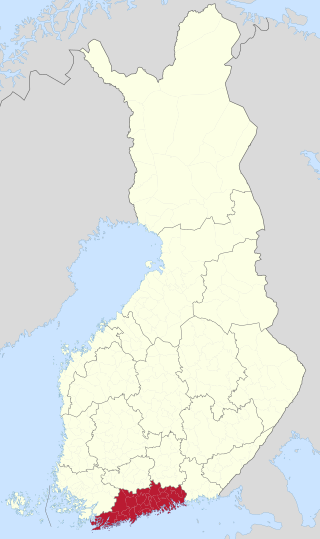
Uusimaa is a region of Finland. It borders the regions of Southwest Finland, Tavastia Proper (Kanta-Häme), Päijänne Tavastia (Päijät-Häme), and Kymenlaakso. Finland's capital and largest city, Helsinki, along with the surrounding Greater Helsinki area, are both contained in the region, and Uusimaa is Finland's most populous region. The population of Uusimaa is 1,734,000.

Järvenpää is a town and municipality in Finland. It is located on the Helsinki–Riihimäki railway track in Uusimaa region, some 37 kilometres (23 mi) north of Helsinki. Neighbouring municipalities are Tuusula, Sipoo and Mäntsälä. People also refer to Kerava as Järvenpää's neighbour, even though they do not technically share a border, thanks to the one kilometre-wide land area that belongs to Tuusula.

Finland participated in the Second World War initially in a defensive war against the Soviet Union, followed by another, this time offensive, war against the Soviet Union acting in concert with Nazi Germany and then finally fighting alongside the Allies against Germany.
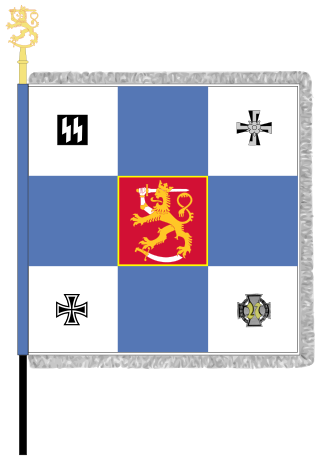
From 1941 to 1943, 1,408 Finns volunteered for service on the Eastern Front of World War II in the Waffen-SS, in units of the SS Division Wiking. Most of these volunteers served as motorized infantry in the Finnish Volunteer Battalion of the Waffen-SS. The unit was disbanded in mid-1943 as the volunteers' two-year commitment had expired and the Finnish government was unwilling to allow more men to volunteer. In 1944-1945 a company sized unit of Finnish defectors recruited to the SS continued fighting alongside Germany.
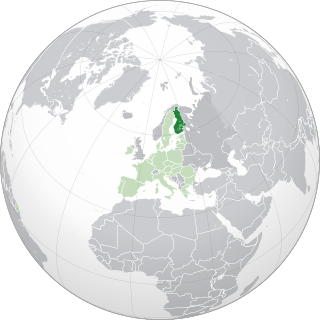
The history of the Jews in Finland goes back to the 1700s. The country is home to some 1,800 Jews, of which 1,400 live in the Greater Helsinki area and 200 in Turku. Most Jews in Finland have Finnish or Swedish as their mother tongue, and many speak Yiddish, German, Russian and Hebrew. Jews originally came to Finland as Russian soldiers who stayed in Finland in the 19th century after their military service ended. There are Jewish congregations in Helsinki and Turku with their own synagogues built in 1906 and 1912. The Wiborg Synagogue built 1910–1911 was destroyed in air bombings during the first day of the Winter War in 30 November 1939. Since data collection began in 2008, incidents of antisemitism have been on the rise in Finland. The number of incidents are likely under-reported as Finland does not account for specific forms of hate speech that incite violence or hatred.
Russians in Finland or Russian Finns are a linguistic and ethnic minority in Finland. As of 2022, there are 93,535 Russian-speaking people, or 1.7% of population, in Finland. It is the largest linguistic minority in the country. However, many of Russian-speaking immigrants are ethnically Ingrian Finns and other Finno-Ugric peoples.
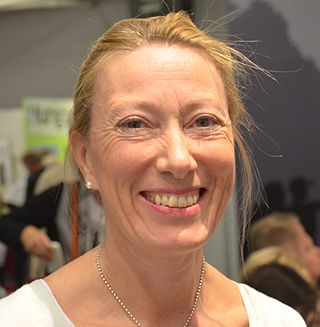
Vivica Sophia Jansson is the daughter of cartoonist Lars Jansson and the niece of the famous Finnish writer and painter Tove Jansson. Jansson has worked as a Spanish language teacher, creative/artistic director, chairman, and majority shareholder of Oy Moomin Characters, Ltd, and provided direct oversight together with her father for the 1990 Moomin animated series.
East Karelian concentration camps were a set of concentration camps operated by the Finnish government in the areas of the Soviet Union occupied by the Finnish military administration during the Continuation War. These camps were organized by the armed forces supreme commander Carl Gustaf Emil Mannerheim. The camps were intended to hold Russian detainees for future exchange with the Finnic population from the rest of Russia. The mortality rate of civilians in the camps was high due to famine and disease.

Soviet prisoners of war in Finland during World War II were captured in two Soviet-Finnish conflicts of that period: the Winter War and the Continuation War. The Finns took about 5,700 POWs during the Winter War, and due to the short length of the war they survived relatively well. However, during the Continuation War the Finns took 64,000 POWs, of whom almost 30 percent died.
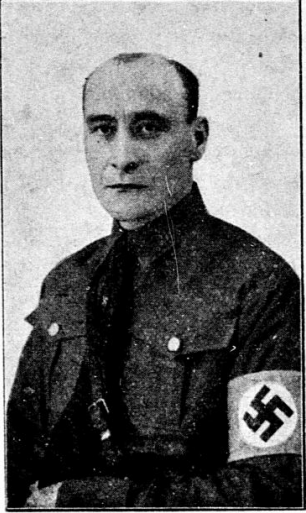
Karl Algot Jansson was a Finnish journalist and radical right-wing activist.

In Finland, the far right was strongest in 1920–1940 when the Academic Karelia Society, Lapua Movement, Patriotic People's Movement (IKL) and Export Peace operated in the country and had hundreds of thousands of members. In addition to these dominant far-right and fascist organizations, smaller Nazi parties operated as well.

Aarne Emil Kauhanen was a Finnish officer of the Central Detective Police (EK) and its successor, the State Police (ValPo), with special responsibility for aliens in the 1930s and 1940s. During the Continuation War, he acted as a liaison between the Finnish and Nazi German police authorities and was involved in the recruitment of the Finnish SS Battalion. Kauhanen also beat and tortured Jewish refugees during interrogations. After the war, he escaped to South America, where Kauhanen died in unclear circumstances in 1949. According to a memoir, one of his victims recognized and later shot him.


















